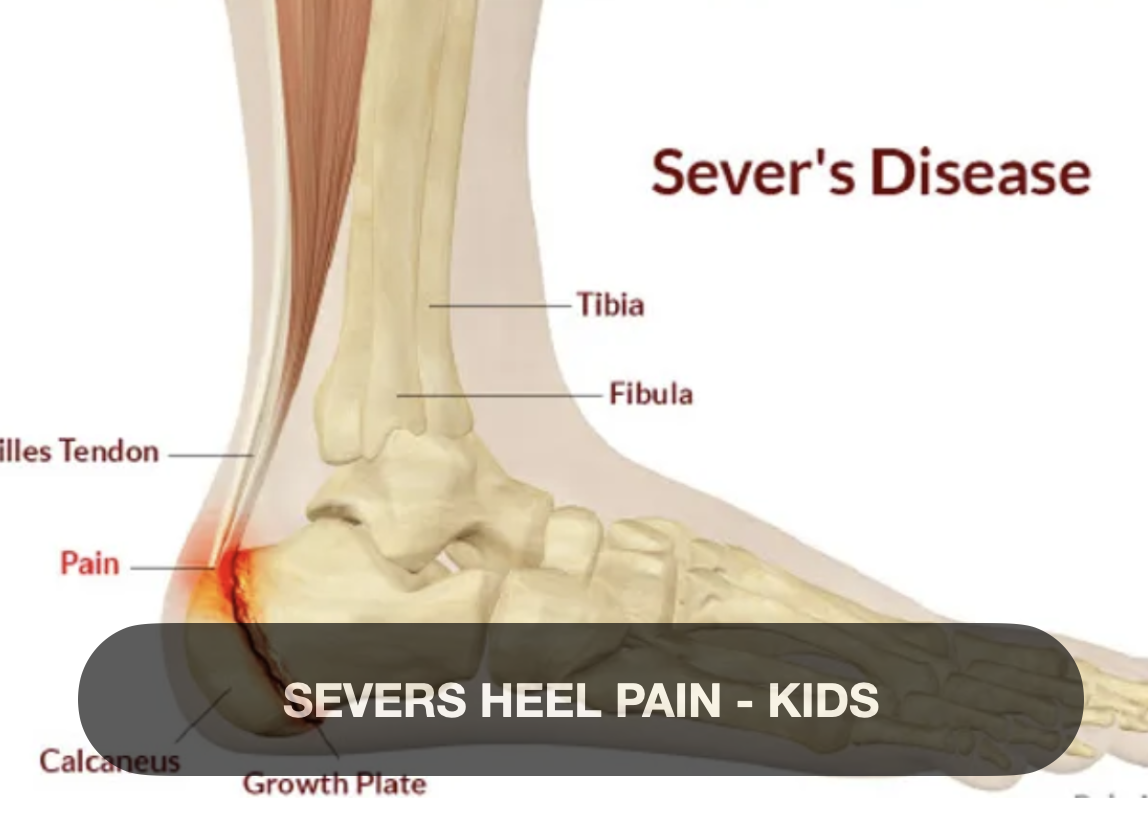Severs Disease in Kids Heels
Introduction
Sever’s disease, medically termed calcaneal apophysitis, is a prevalent cause of heel pain in growing children and adolescents. This condition arises due to inflammation of the growth plate in the heel bone, particularly during periods of rapid growth. While not a true disease, it is a self-limiting condition that typically resolves once the growth plate matures. Understanding its causes, symptoms, and treatment options is essential for effective management.
What Is Sever’s Disease?
Sever’s disease is an overuse injury affecting the calcaneal apophysis, the growth plate at the back of the heel bone (calcaneus). It is the most common cause of heel pain in children aged 8 to 15 years, especially those involved in high-impact sports like running, soccer, and basketball. The condition results from repetitive stress and tension from the Achilles tendon, leading to inflammation and microtrauma at the growth plate. It is a self-limiting condition that resolves once the growth plate fuses during skeletal maturity.
Why Do People Get Sever’s Disease?
The primary cause of Sever’s disease is repetitive mechanical stress on the heel during periods of rapid growth. Factors contributing to the condition include:
Physical Activity: Engaging in sports that involve running, jumping, or sudden stops and starts increases the strain on the heel.
Growth Spurts: During adolescence, bones grow faster than muscles and tendons, leading to tightness and increased tension on the heel.
Foot Structure: Children with flat feet or over-pronation are at higher risk due to altered biomechanics.
Inadequate Footwear: Wearing shoes that do not provide proper support can exacerbate stress on the heel.
Medical Classification of Sever’s Disease
Sever’s disease does not have a formal medical classification system like some other conditions. However, it is categorized based on the severity of symptoms and the extent of the growth plate involvement:
Mild: Intermittent heel pain that occurs after activity and resolves with rest.
Moderate: Persistent pain during and after activity, with possible swelling and tenderness.
Severe: Constant pain that may limit participation in physical activities, accompanied by significant swelling and discomfort.
Common Signs and Symptoms of Sever’s Disease
Children with Sever’s disease typically present with:
Heel Pain: Localised at the back or bottom of the heel, often worsening with activity.
Swelling and Redness: Around the heel area, especially after physical activity.
Tenderness: Pain upon squeezing the sides of the heel.
Altered Gait: Walking on toes or limping to reduce pressure on the heel.
Pain After Rest: Discomfort that decreases with rest but returns with activity.
Conclusion
Sever’s disease is a common and self-limiting condition affecting active children and adolescents. Understanding its causes, symptoms, and treatment options can aid in effective management and prevention. With appropriate care, most children recover fully without long-term complications.

